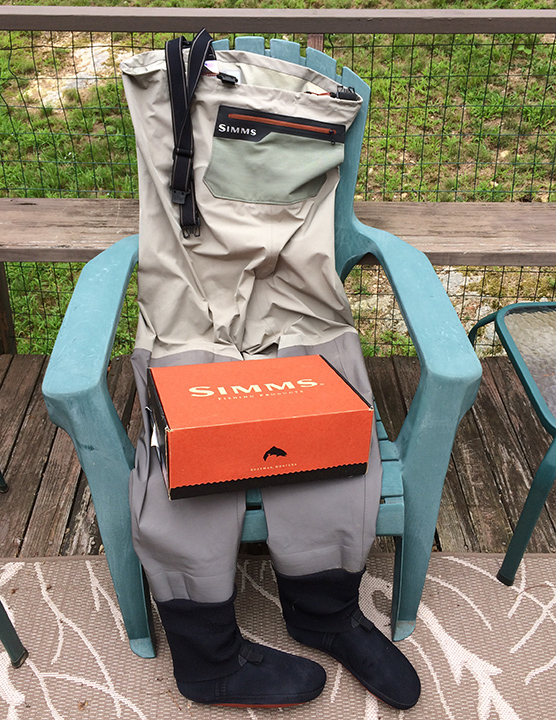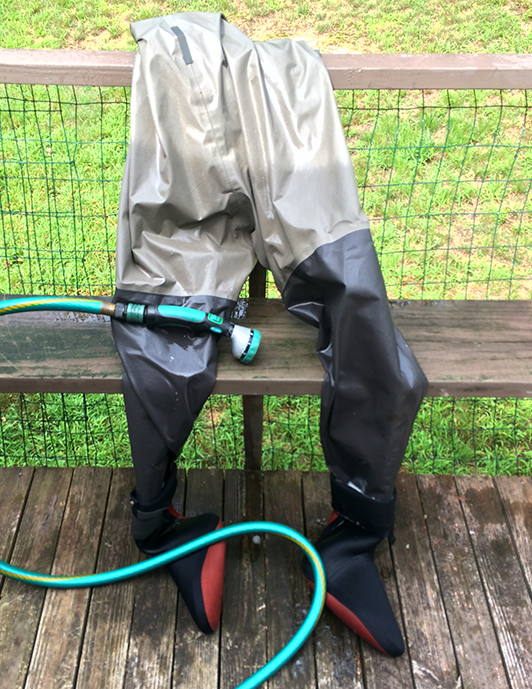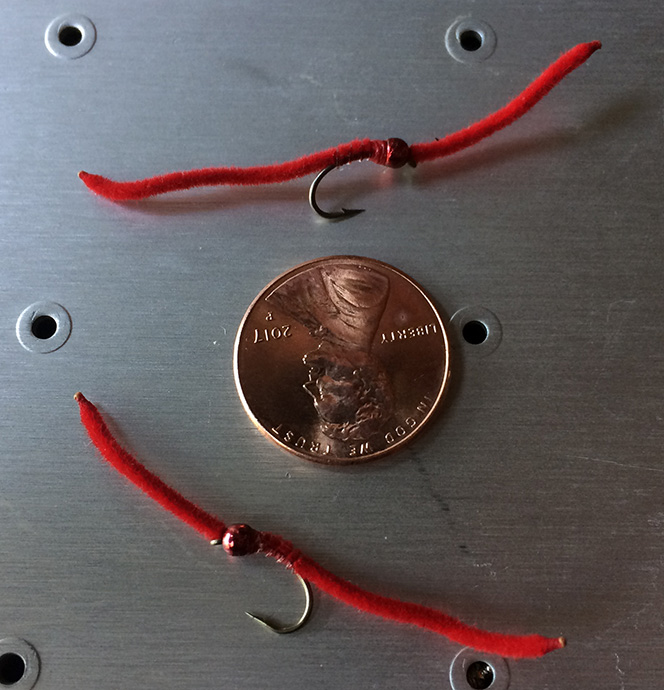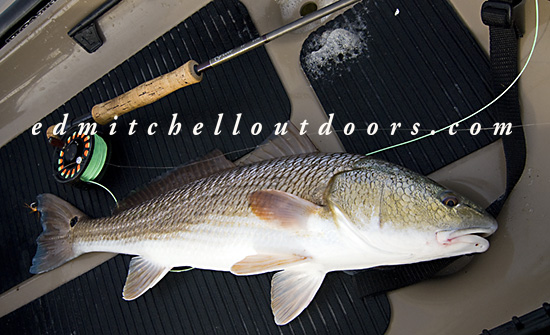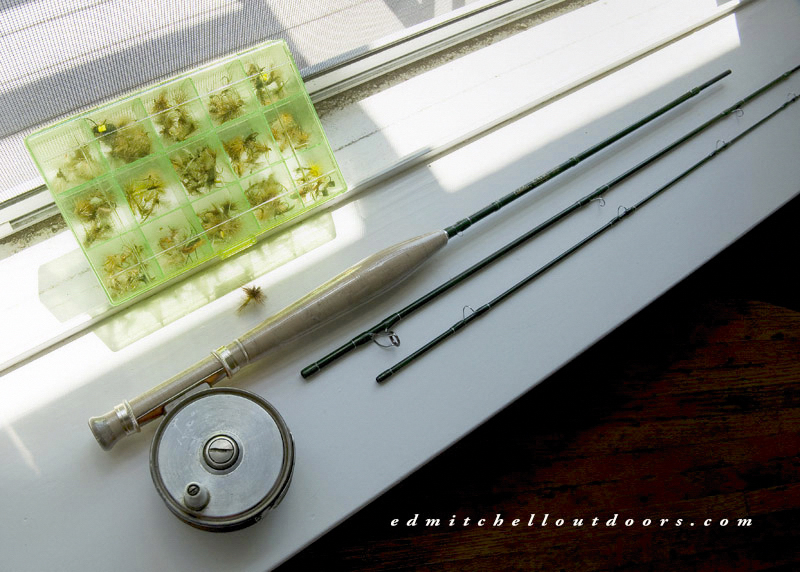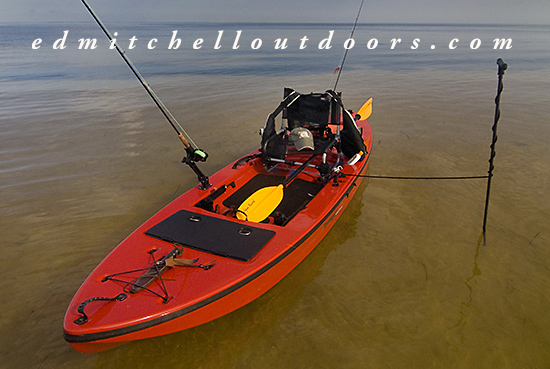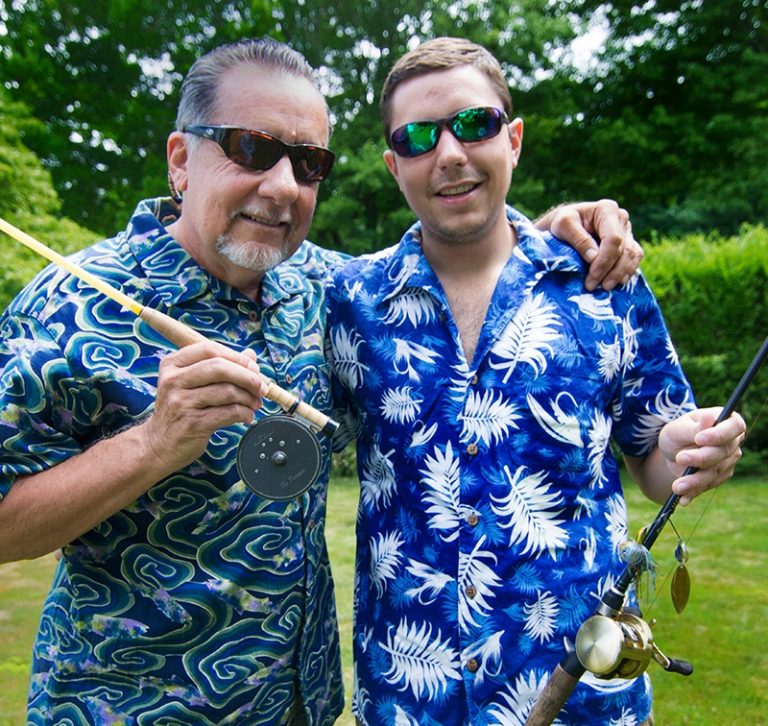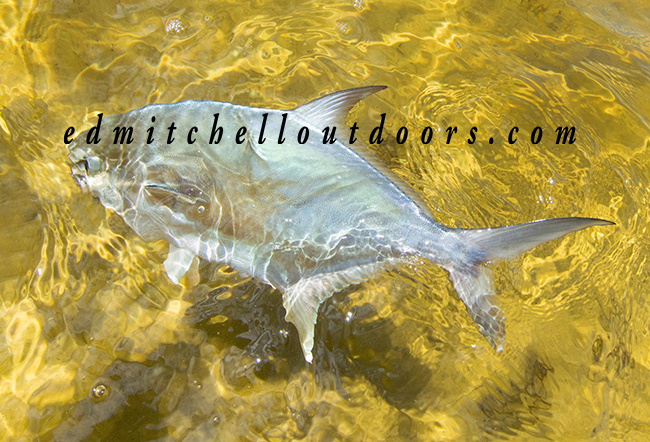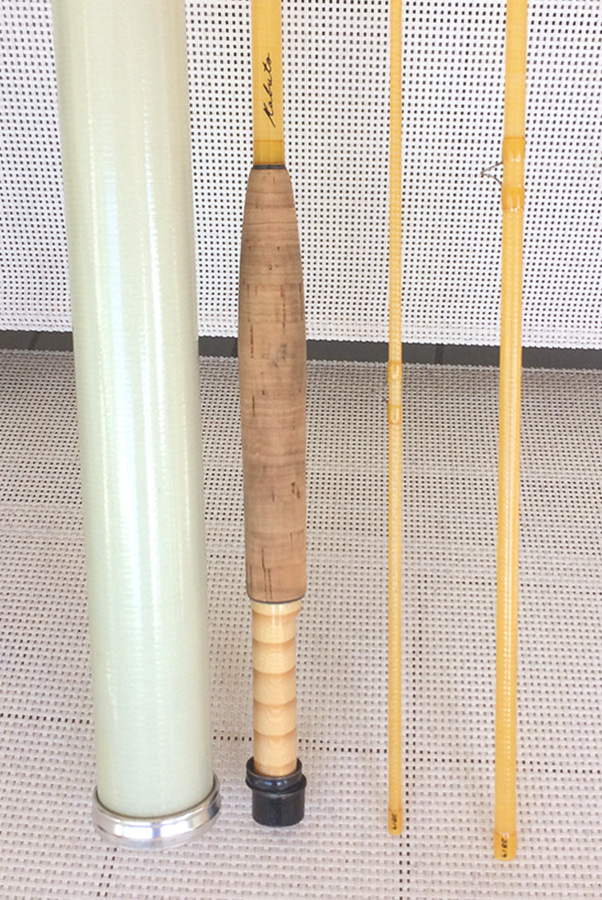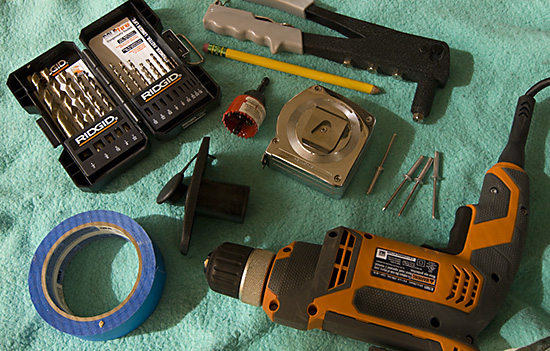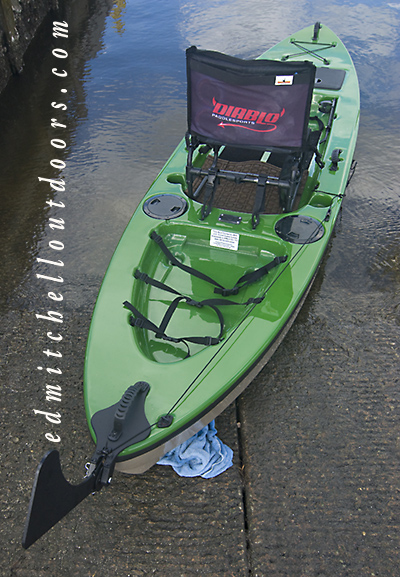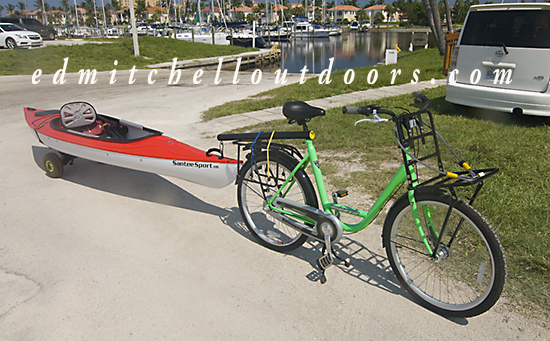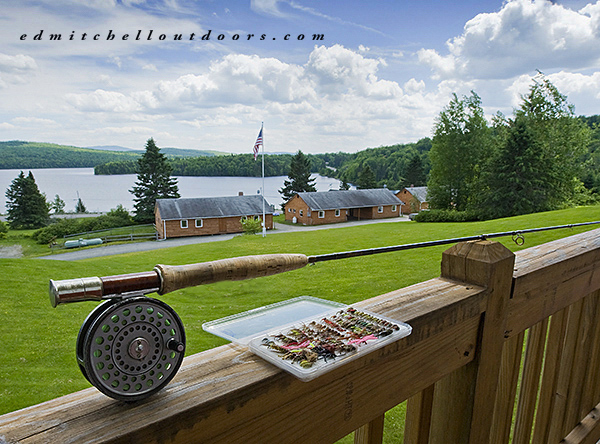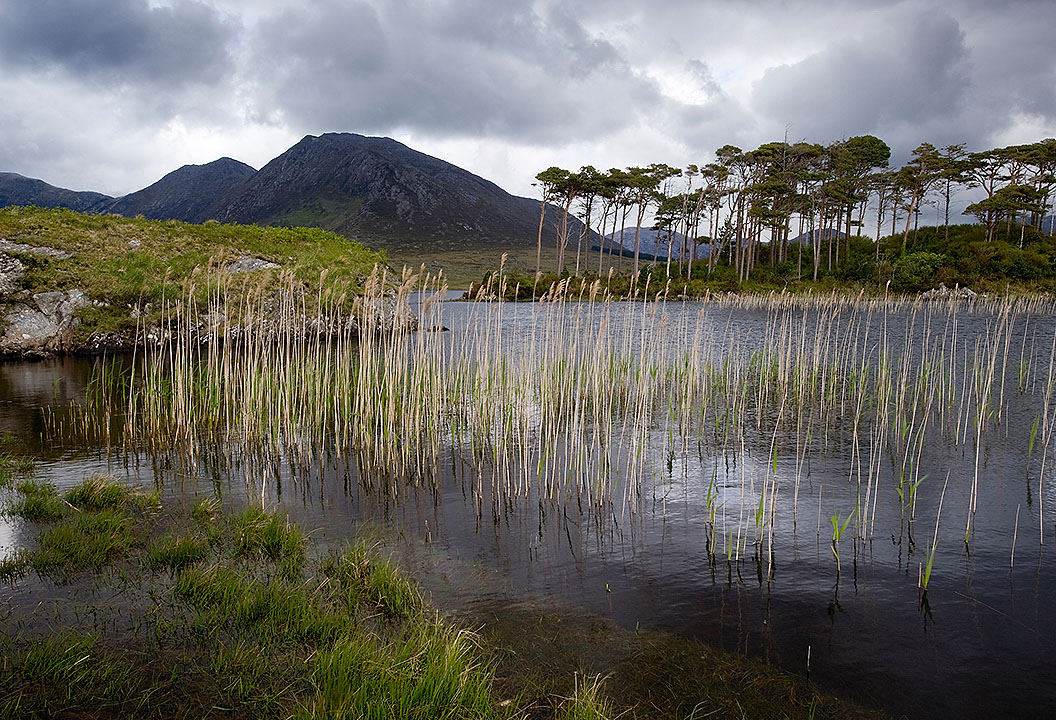Monic Covert Clear Fly Line – A First Look: A couple of days back my 8-weight fly line bit the dust. It was a Rio Bonefish floater, I purchased two years ago. The thing was a twisting, tangling, snarled up mess. Ugh, had to ditch it. And given the cost of fly lines, I was none too happy.

Monic Covert Clear Fly Line
That had me in the market for a new line. Of course, I looked at all the usual suspects. But then I came across something unique – a clear floating fly line. Wow. I had heard about these Monic fly lines, but had no experience with them. Nor did I know of anyone that owned one. Still I was intrigued by the idea. Particularly the possibility that a clear fly line might not spook “tailing” redfish. That would be cool, if it worked.Ummm.
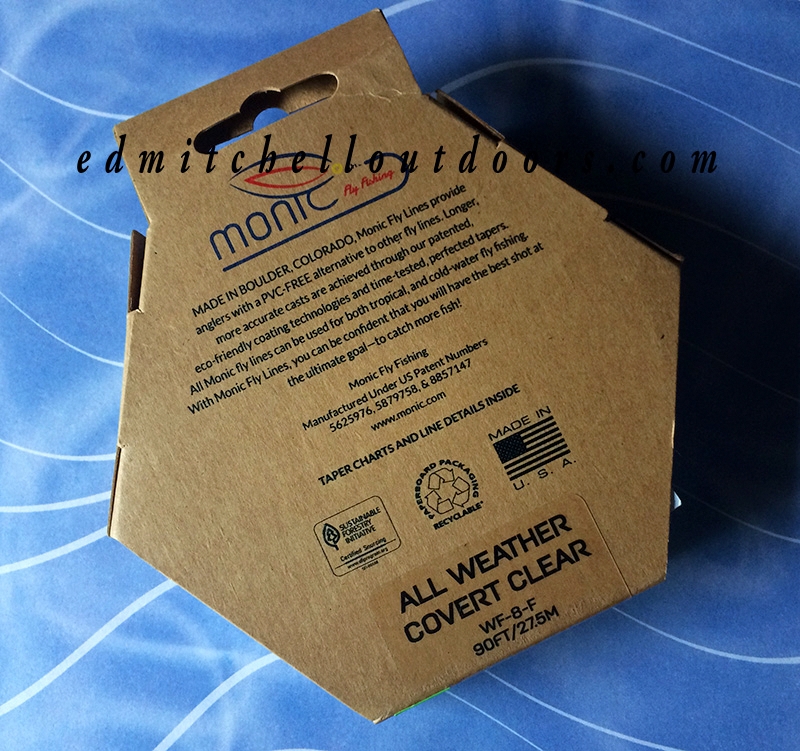
Monic Covert Clear Fly Line
Well I decided to take a chance on a Monic All Weather Covert Clear WF-8-F. Got it from Bear’s Den. And at this very moment its sitting here on my desk ready to fly. No on the water experience yet, but that doesn’t stop us from taking a first look.

Monic Covert Clear Fly Line
This is an “all weather” line. Which means its designed for a wide range of water temperatures. Love that. I can use it on the New England coast for striped bass, blues, bonito, and Little tunny. And use it down in Gulf of Mexico for “tailing” redfish. And use it in the Caribbean for bonefish. Great. The line is 90′ long. Was manufactured here the USA and has welded loops at both ends. And Monic offers a one-year warranty against defects.
Monic patented the clear floating line process over 20 years ago. And tells us it has been working to steadily improve the product ever since. (This line is the only hollow clear floater on the market.) The line is PVC-free. I’m down with that. The belly is 25′, the running line 54′. And overall, the company projects a “green” pro-environment attitude. I’m down with that too.
Naturally I had to see it float for myself. Couldn’t resist. So I filled the sink and tossed a few loops in the drink. Bingo it works. The line floats and is quite stealthy (Or should I say covert?). Well, we both know the true test of this baby will come later on the water. That’s where the rubber meets the road. So I’ll be sure to report back on the line’s performance in the field. Should be interesting. I’m looking forward to it myself.
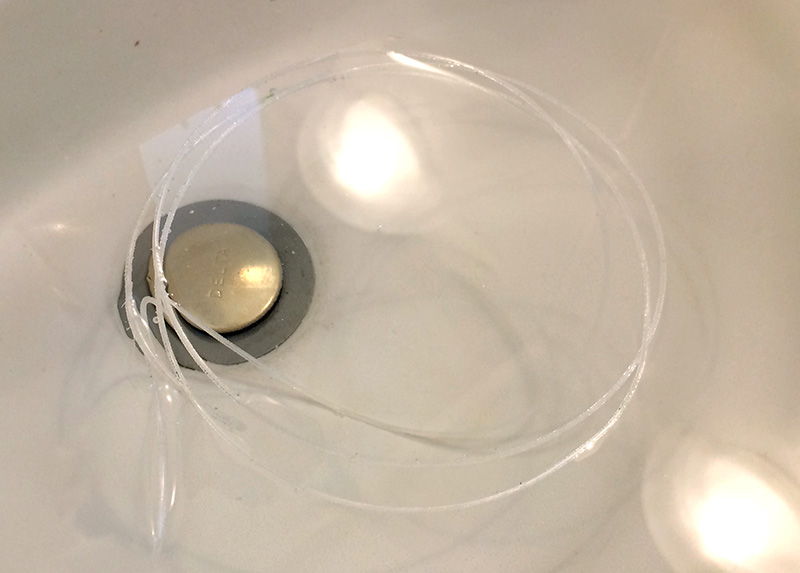
Monic Covert Clear Fly Line




